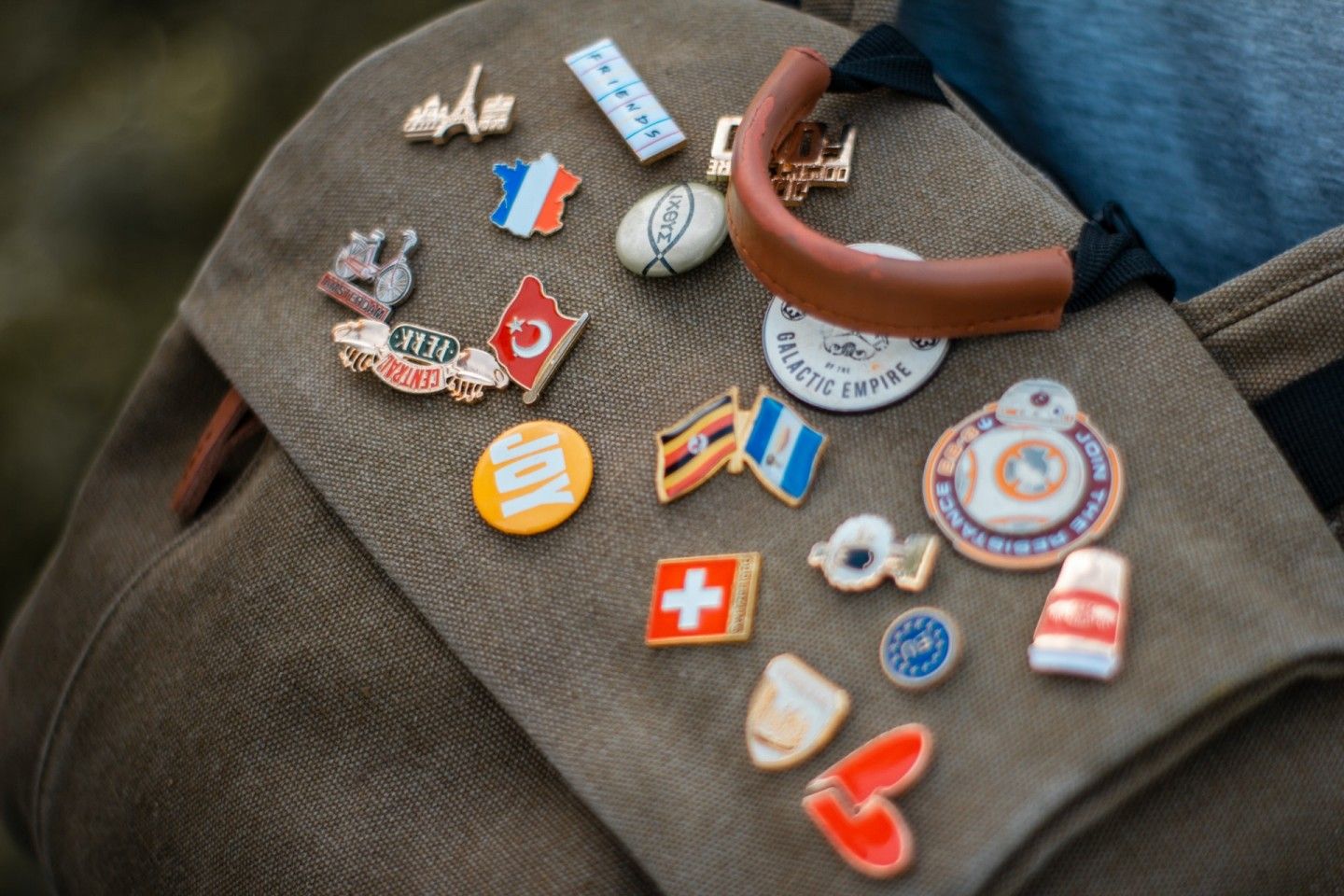Collar pin badges have again become a fad nowadays and on top of being a fashion accessory, they’re also used as marketing tools. Check their history here.
Collar pin badges are back in style. This popular fad was a big hit in the 90s and it has made a comeback at present. Nowadays, it is not only used as a fashion accessory, but also as a marketing tool because it is proven to be an impressive, effective, and efficient selling tool. The endless marketing possibilities that collar pin badges bring are endless and because of this, business entities are investing in them. In fact, many offer customised pin badges to enhance their marketing efforts.
If you own or manage a business, investing in collar pin badges is a worthwhile move. Because it is a low-risk, high-reward strategy that can help you achieve your marketing goals and explore your brand’s identity.
To appreciate the benefits that the said badges bring, it is best to learn everything you can about collar pin badges. Start with their rich history.
History of collar pin badges
According to studies, the first patent for a pin badge came at the end of the 19th century, in 1896, to be exact. It was made by John Wesley Hyatt and he patented a unique approach of covering billiard balls with a collodion. Afterwards, he experimented with several items until he came up with cellulose nitrate, which at that time, was the world’s first synthetic plastic and the term celluloid was dubbed by his brother, Isaiah, in 1872.
John Wesley laid thin sheets of celluloid on pieces of paper and this gave them an enamel-like impression, minus the extra costs. Before the release of collar pin badges (also known as button badges in other countries), pendants as well as medallions were used as badges. They were quite huge, which meant that the advent of collar pin pages meant that less metal was used and the need for soldering or screwing was eliminated. The latter was possible since a metal ring was attached to the rear, this to hold the materials in place. Pins were clipped to the back to secure them in clothing and other materials.
Collar pin badges were mass produced by Whitehead & Hoag Ltd, a company in Newark, New Jersey when its owner Benjamin Whitehead obtained patents for the badges in 1896. In 1897, in the Diamond Jubilee of Queen Victoria, commemorative pin badges were used as souvenir items and their popularity was boosted and its popularity never faltered up to this day.
Summing up
Collar pin badges have a rich history and by knowing this, you can further appreciate the investment that you are going to make. Putting their history and benefits that they offer, compare several customised badges makers and decide afterwards. This ensures that you are going to get the most of your business marketing strategy.





